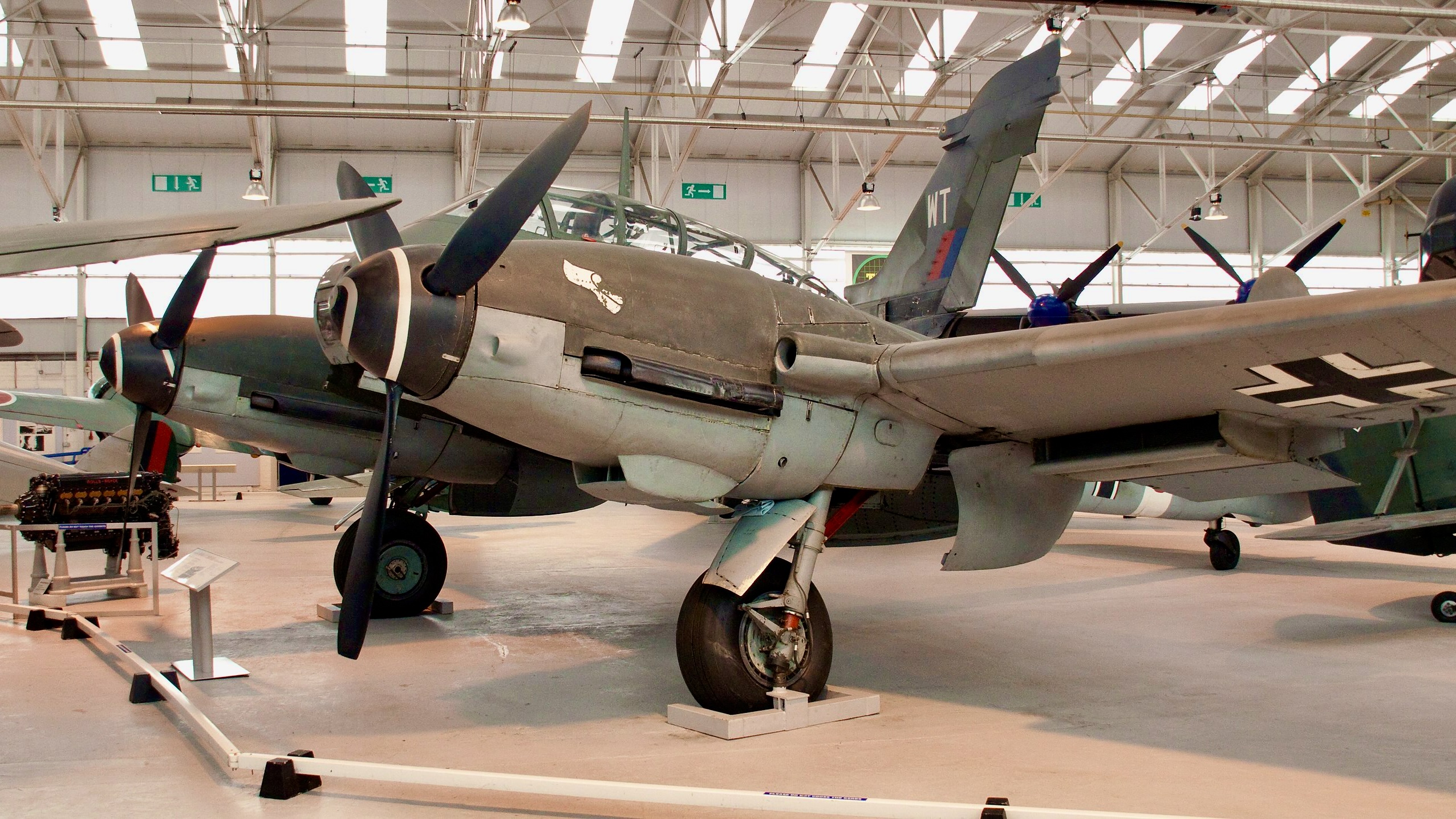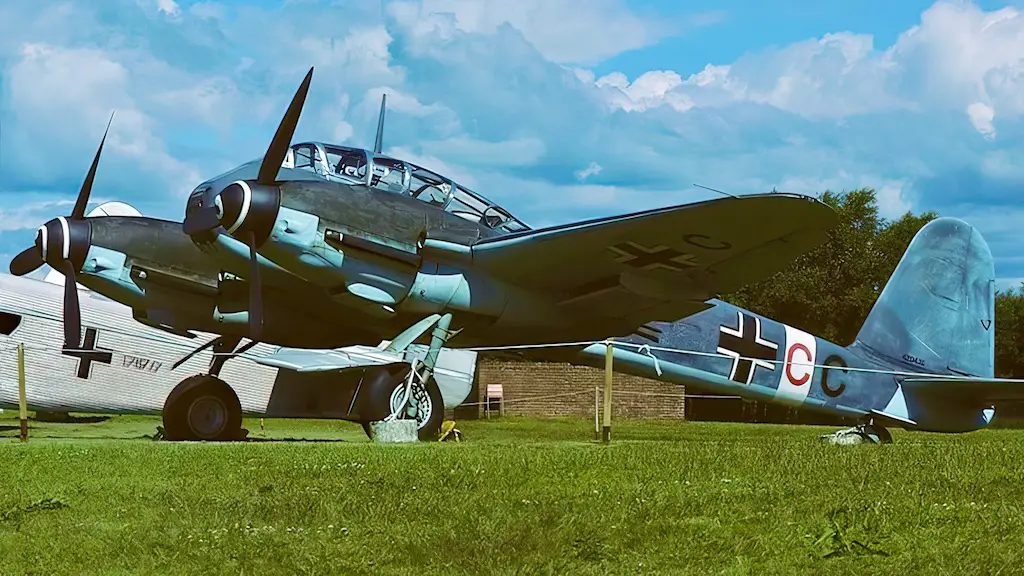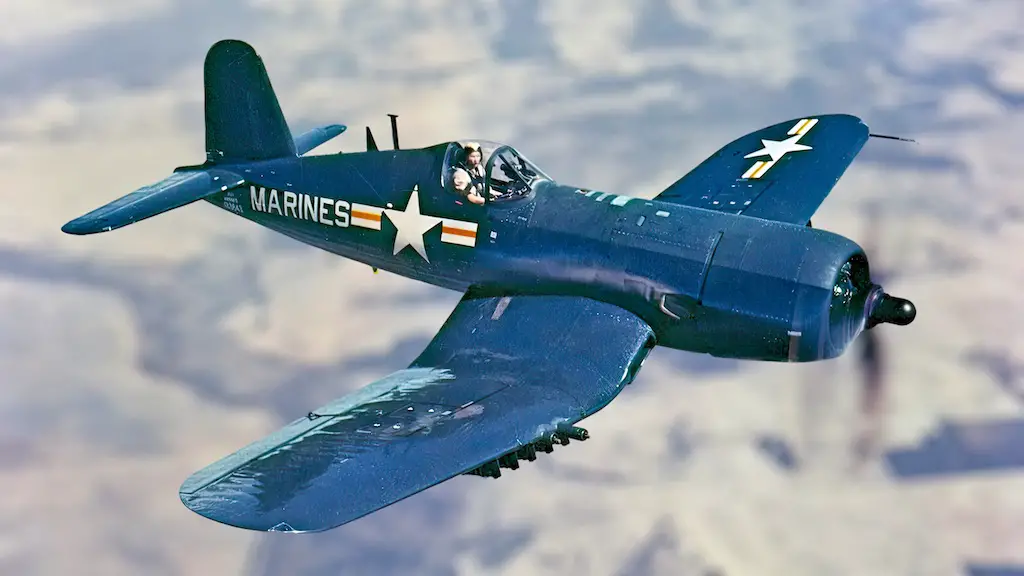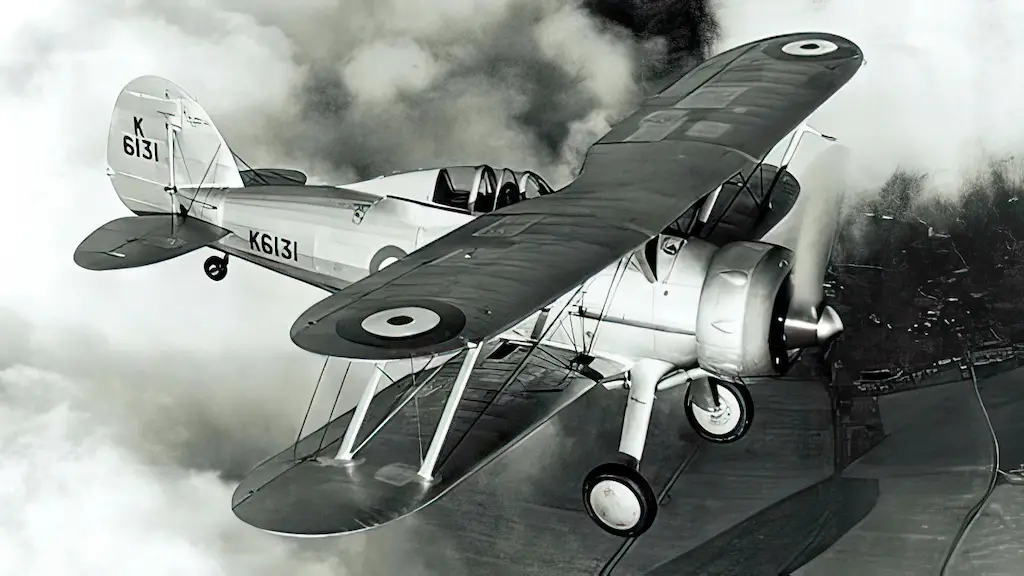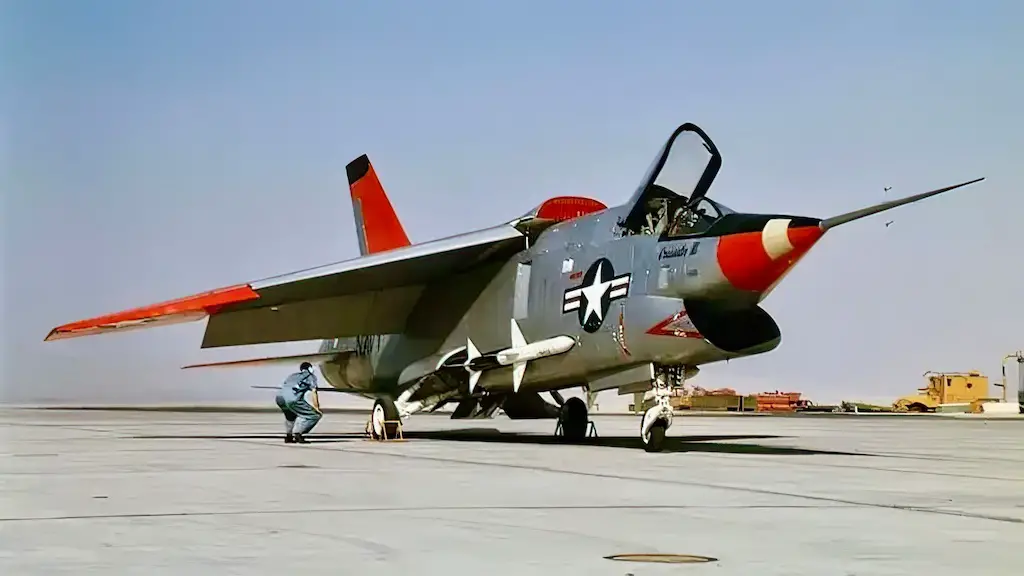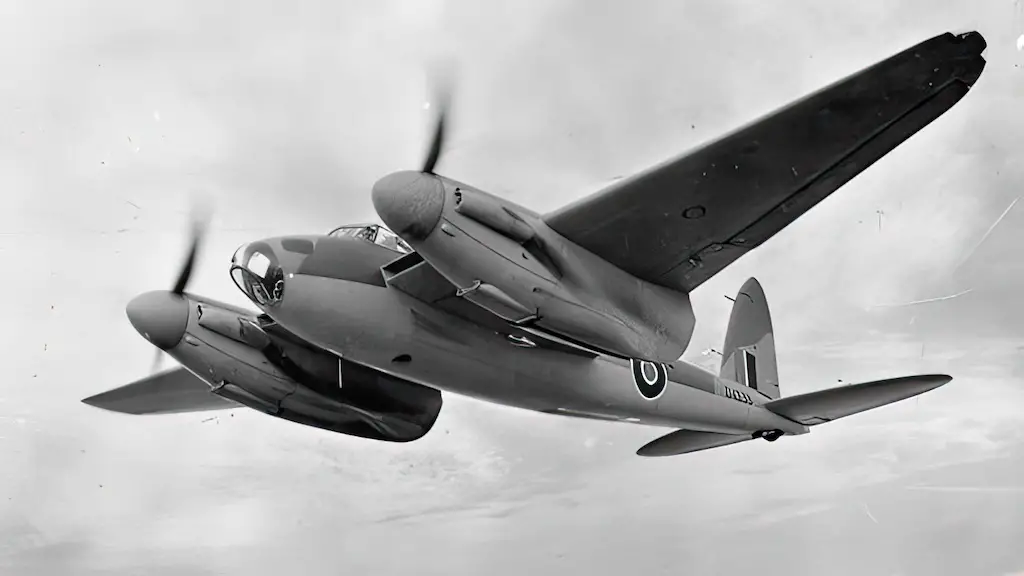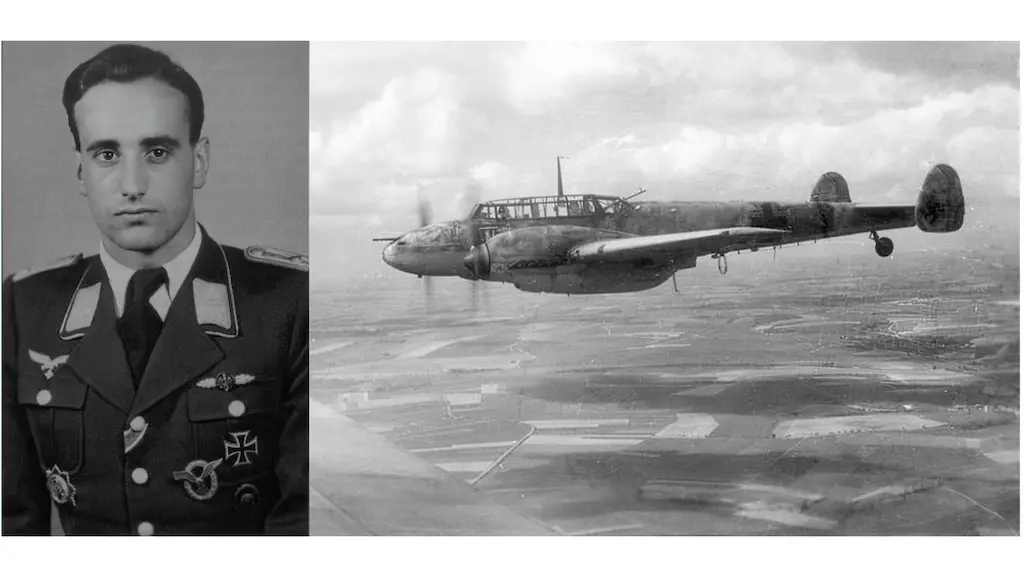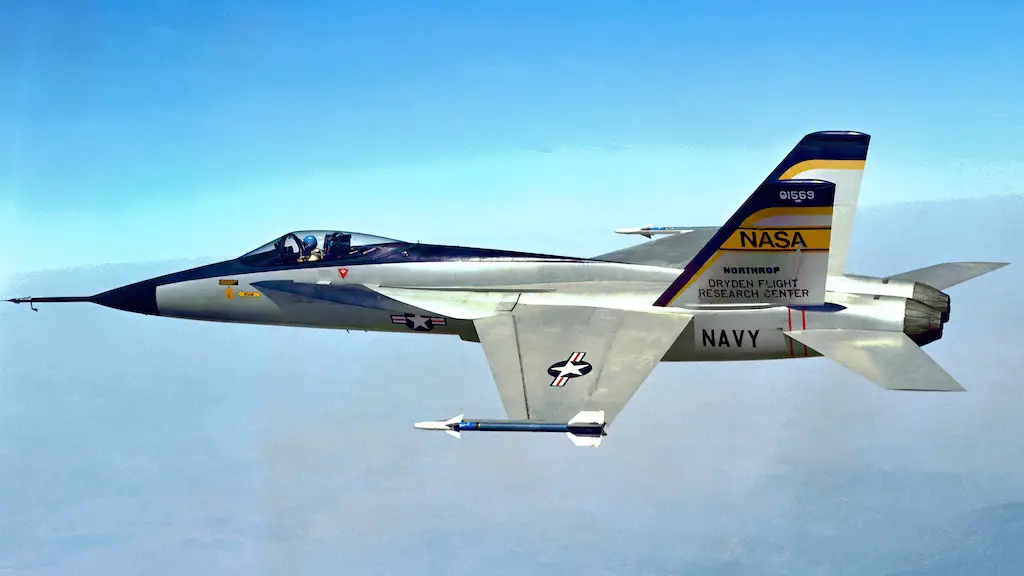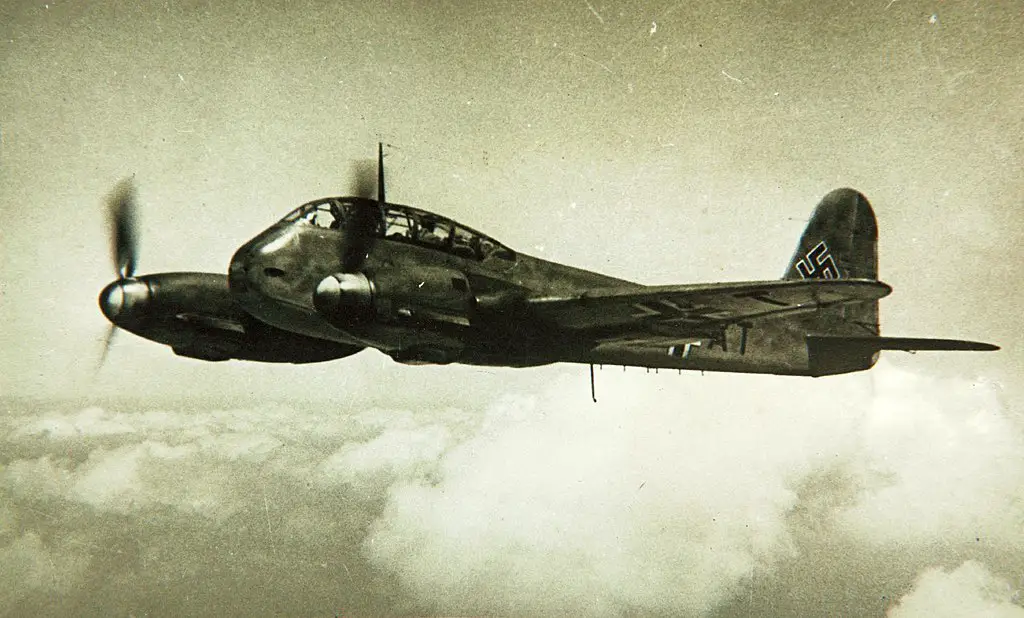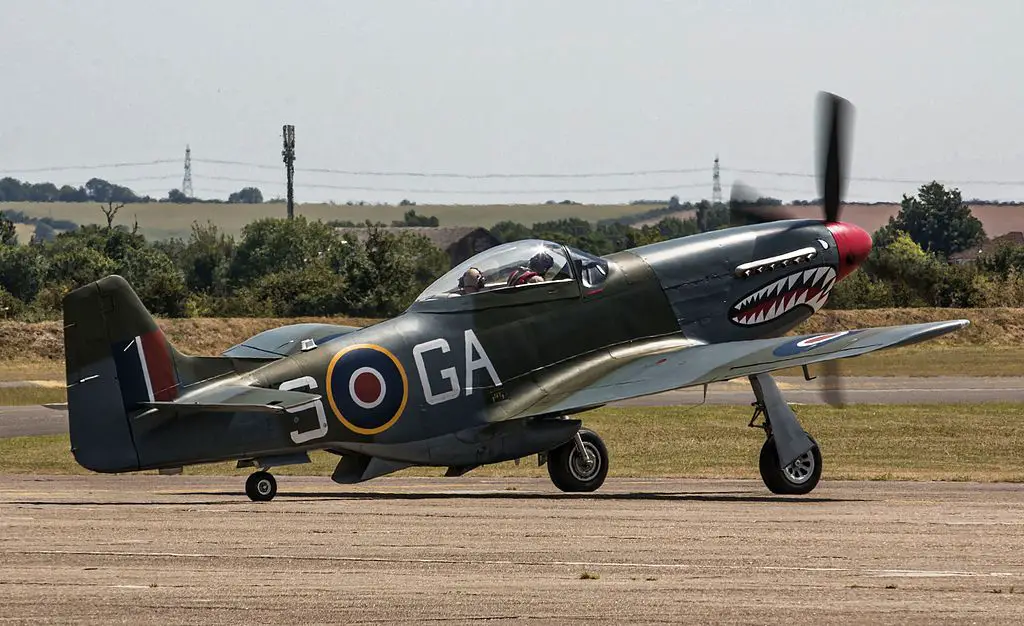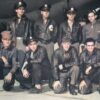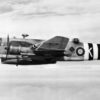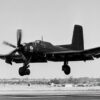Development History
Messerschmitt’s Me 410 Hornisse, translating to ‘Hornet’ in English, wasn’t the product of a sudden ingenious idea. Rather, it was a calculated response to a line of shortcomings in its predecessor, the Me 210. By the early 1940s, Messerschmitt had already realized that they needed a more powerful, more stable, and versatile aircraft than the Me 210.
Out of this pressing need, the Me 410 emerged. Introduced in 1943, it boasted improved aerodynamics, reinforced structure, and a pair of enhanced engines, tackling the problems that plagued its predecessor head-on. The Me 410 stood as a testament to Messerschmitt’s relentless pursuit of aeronautical perfection.
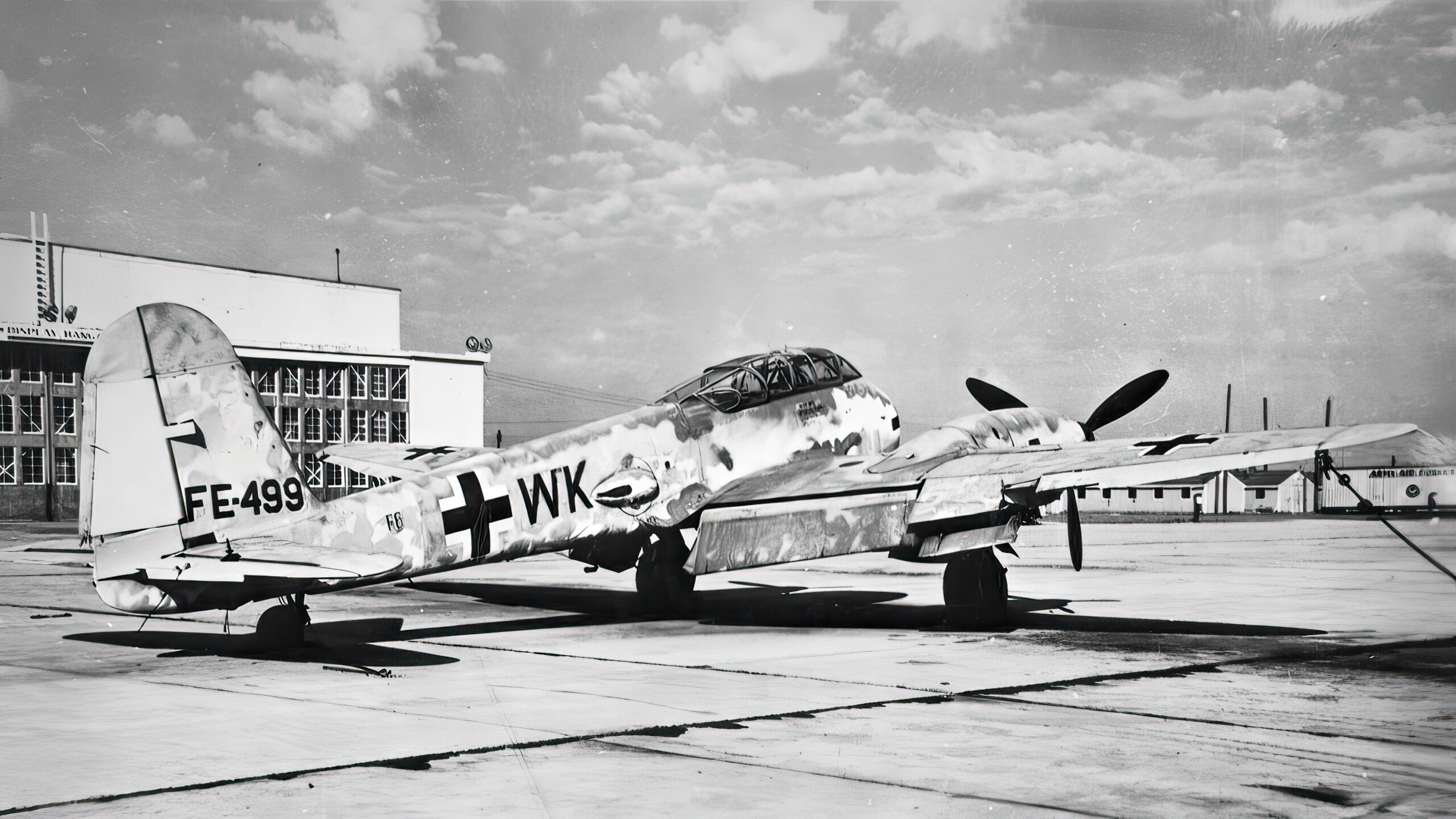
The Engine
Powering the Me 410 was a formidable duo of Daimler-Benz DB 603A engines. With a horsepower of 1750 each, these engines were more than just powerhouses; they were sophisticated marvels of German engineering. They allowed the Me 410 to achieve a maximum speed of 388 mph and a service ceiling of 32,808 ft, showing the real sting of this Hornet.
The Daimler-Benz DB 603A engines, designed with cutting-edge technology of their time, enhanced fuel efficiency and offered impressive thrust. This twin-engine set-up not only provided a significant boost in speed but also improved the aircraft’s range and load-bearing capabilities, vital for the varied mission profiles it was designed to serve.
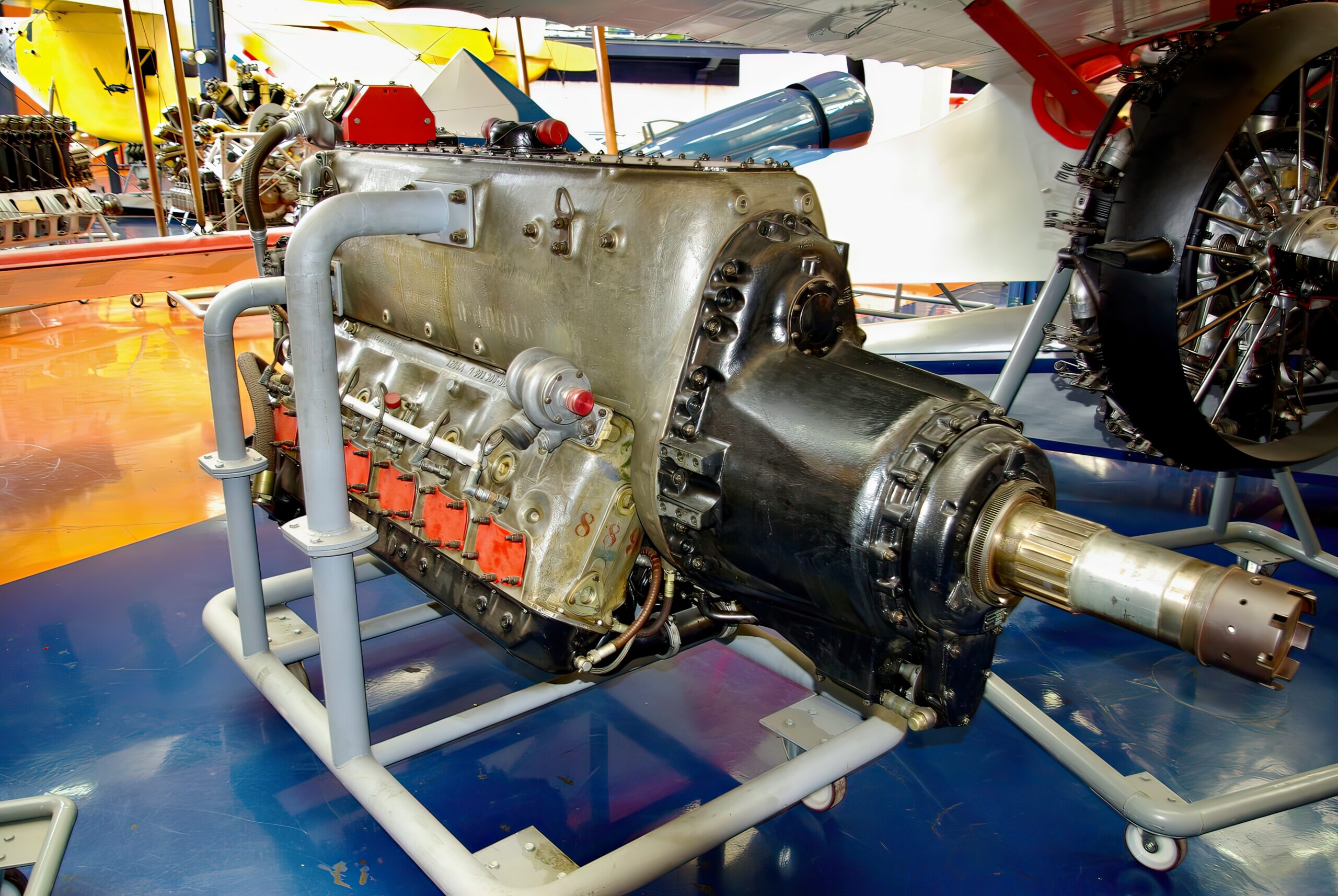
Taking Flight
What distinguished the Me 410 from its contemporaries was its versatility. The aircraft exhibited remarkable handling qualities, responding swiftly to pilot commands. The improved aerodynamics over the Me 210 granted it with better stability, especially at high speeds.
The Hornet was a high-speed interceptor, a reconnaissance plane, and a heavy fighter all rolled into one. It had a fearsome armament configuration that could be modified according to mission requirements. It featured two 20 mm MG 151/20 cannons and two 7.92 mm MG 17 machine guns in the nose, and additional flexible defensive armament in the fuselage.
Operational Use
As World War II raged on, the Me 410 found itself in the thick of action. It performed admirably in roles as diverse as long-range reconnaissance, bombing, ground attack, and even night fighting. Its high-speed characteristics allowed it to perform “hit-and-run” tactics, causing significant headaches for Allied forces.
The Me 410 squadrons participated in operations over the English Channel, the Mediterranean, and the Eastern Front. From intercepting Allied bombers to hunting down enemy fighters, the Hornisse played an instrumental role in the air battles of the mid-war years.
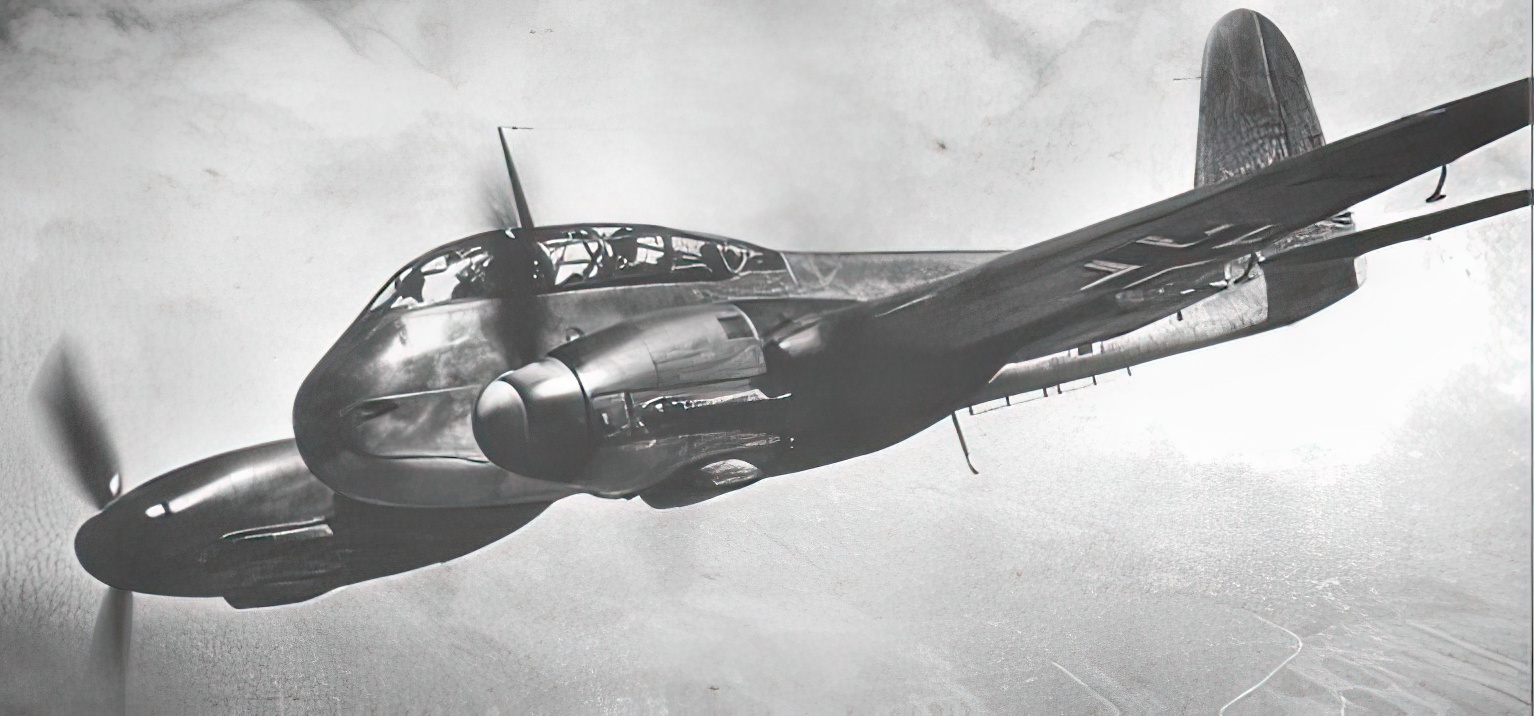
Shortcomings
Despite its strengths, the Me 410 had its share of flaws. Its greatest drawback was the lack of maneuverability at high speeds. This made it an easy target for the nimble Allied fighters, especially the P-51 Mustangs.
Another weakness was its heavy armament and armor, which added to its weight and limited its performance at high altitudes. It also suffered from poor visibility due to the design of the cockpit. As the war progressed, these shortcomings became increasingly apparent, and the Hornisse was gradually phased out by 1944.
